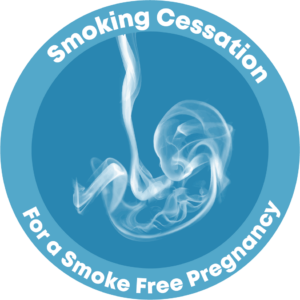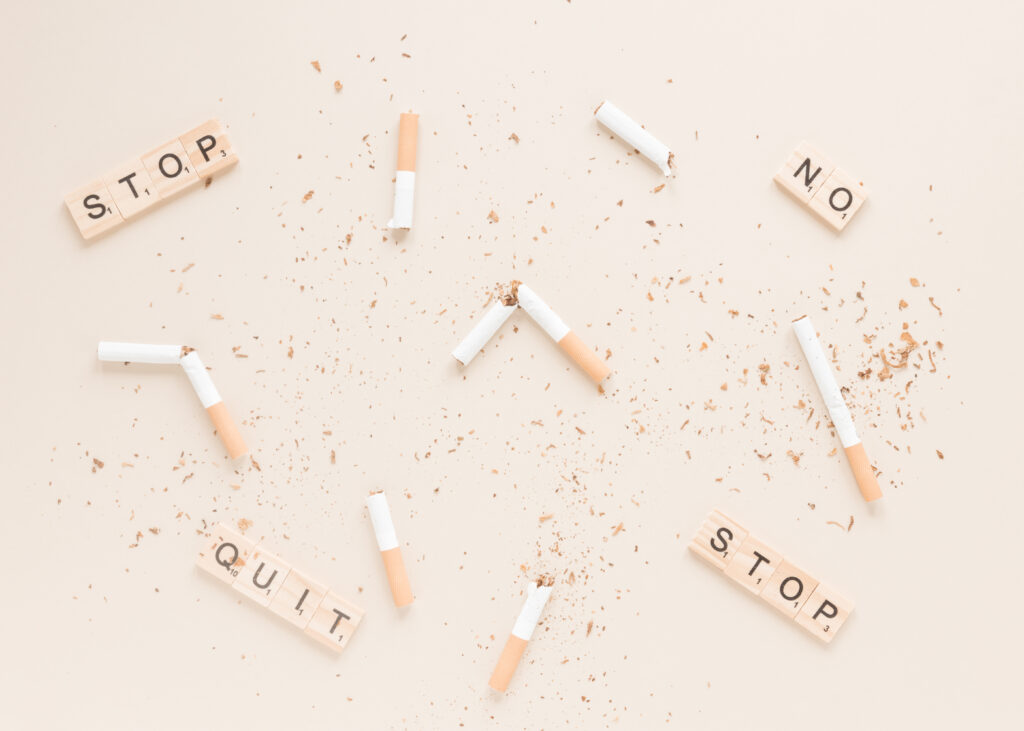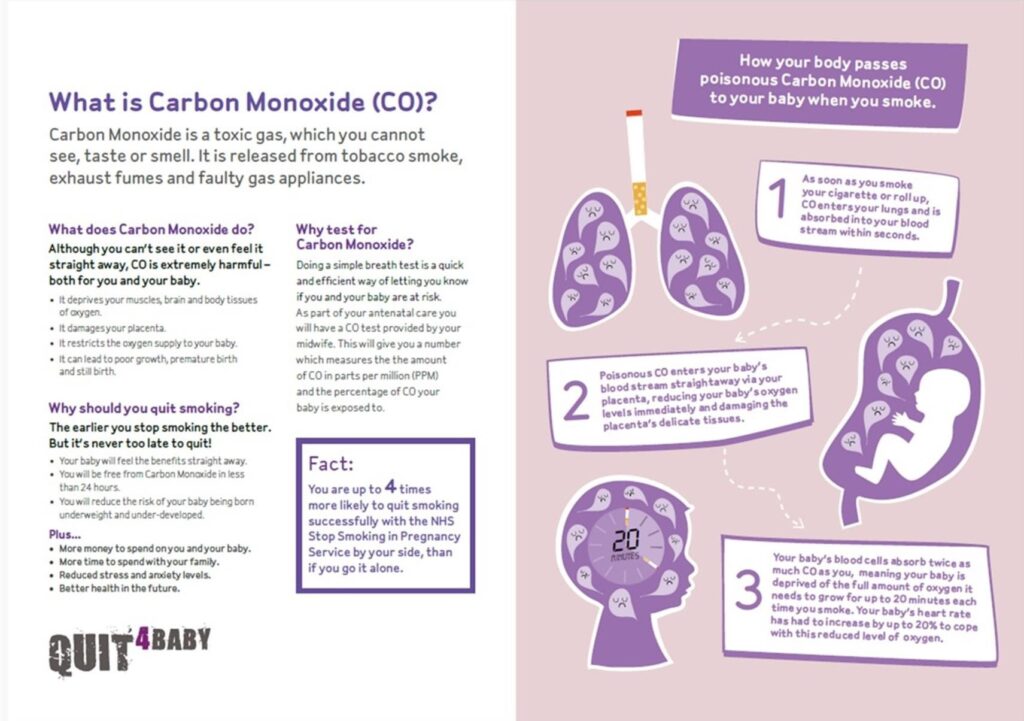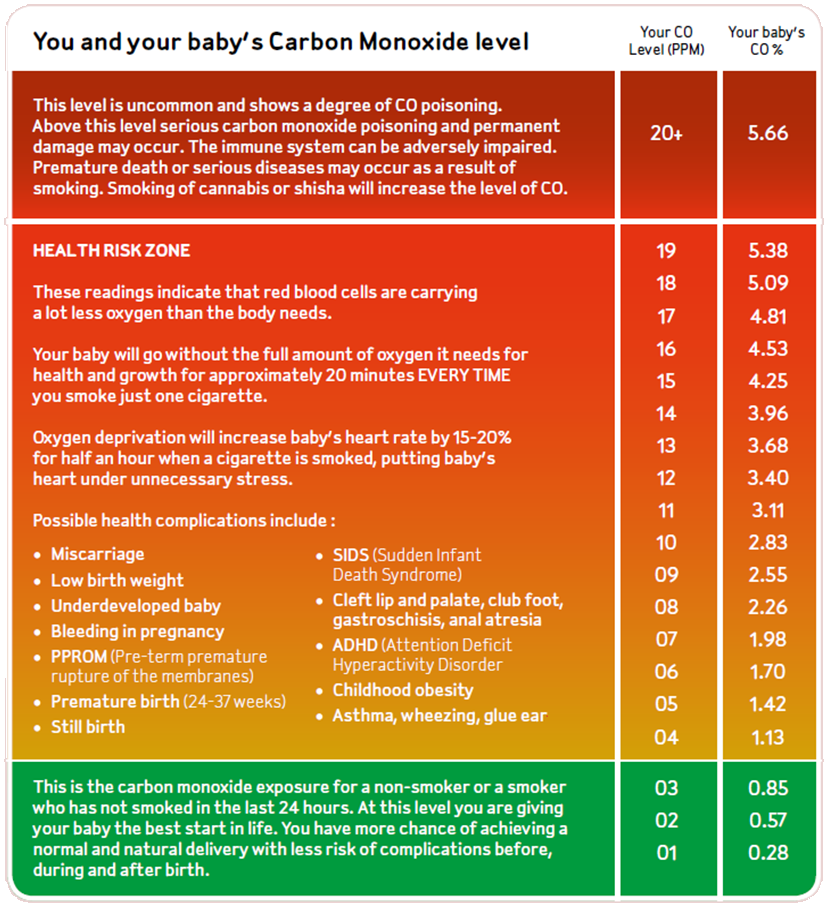We are here to give impartial advice in your pregnancy, tips to help you stop smoking and stay quit.
We provide a safe place to talk about your concerns and answer any questions you may have.
We can help to take the stress out of the unknown and give you the support and advice that you need to stop smoking.
We can deliver this service by phone, video call or face to face, building an individualised package around your own needs, including choosing the right nicotine replacement that works for you.
Most of all we want to keep you motivated with a positive outlook on stopping smoking.
We want to increase your chances of stopping smoking successfully and give your baby the best start.
Both you and your partner should try not to smoke during pregnancy and after the birth to reduce the risks of second hand smoke as this can be just as harmful for your baby.
If you or your partner smokes, you should not share a bed with your baby as this greatly increases the chance of SIDS even if you do not smoke in the bedroom or in any room the baby or infant is in.
Second hand smoking is especially harmful for children as they have less well-developed airways, lungs and immune systems. Children who live in a household where at least 1 person smokes are more likely to develop:
- Asthma
- Chest infections – (like pneumonia and bronchitis)
- Meningitis
- Ear infections
- Coughs and colds
Children are particularly vulnerable in the family car where second-hand smoke can reach hazardous levels even with the windows open.
To protect children, smoking in cars and other vehicles carrying children was banned in 2015. It is against the law to smoke in a private vehicle if there’s a young person under 18 present.
Anyone that smokes should smoke outside and away from children. Tips for minimising exposure to infants could be:
- Tie long hair back
- Wear a coat
- Wash your hands after smoking
Although you might have initially declined our service, we are happy for you to change your mind and access our service at any time during your pregnancy.
If it wasn’t your time to quit first time around, we will always welcome you back.




